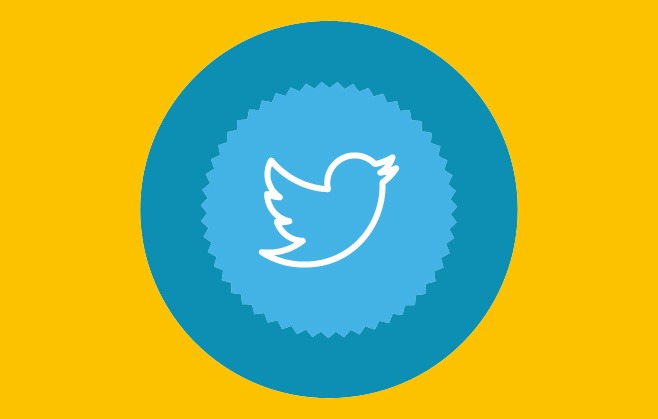
Twitter: Time to simplify advertising?
Sponsored Twitter campaigns can often be complicated to manage, and costly too. But this might be resolved thanks to the company’s new offering.
This week, TechCrunch reported that Twitter has developed a service which, for a flat fee of 99 dollars per month, ‘automatically amplifies your tweets and profile.’ It seems as though this feature will sponsor all tweets posted in that month, (allowing for up to 10 per day), and includes analytics for gauging reach and engagement. The service doesn’t amplify retweets, replies and quote tweets however, so original content is key. Only in beta at this stage, the service also offers bi-weekly reports to not only show key metrics, but also how many new followers were gained as a result. Twitter is also offering the user a free trial for the first month. While this sounds very promising, the majority of the platform’s users will unfortunately have to wait for the service to roll out as for now, Twitter is only offering this to a select number. However, those interested can apply to test the service, which requires him or her to enter their Twitter handle and possible targeting criteria such as location and interest.
There’s limited news at this stage surrounding the intricacies of the feature, but it might be an efficient way for brands to test sponsored content without having to commit to a full and targeted campaign. Currently, only the ‘Quick promote’ feature is available for non-campaigns to enable users to pay for a boost on a post-by-post basis- users are able to select a tweet they’d like to promote, then apply location targeting and budget.
The downside to automatic amplification is less precision and control. It may be a case that a user’s budget might only allow for a certain number of engagements and impressions given the monthly flat fee. Secondly, there’s yet to be a definitive answer on where these posts will be shown- it seems as though these might be limited to appearing in users’ timelines, rather than being displayed on external sites through Twitter’s Audience Platform. This means reach might be slightly limited. Finally, paying a monthly subscription might result in budget not being evenly paced throughout the month- this may result in better results on certain days than others.
Of course, this is all speculation, and it will be up to individuals and small brands to see what the subscription does offer once it rolls out more widely. It will also be interesting to gauge how well content performs in comparison to running a campaign or using ‘Quick promote’. The upside it seems, is frequent and automatic reporting and less need for manual monitoring and planning a strategy, which will ultimately allow time-poor individuals and businesses to prioritise content creation.
What do you think about Twitter’s new sponsored post option? Do you think it will be a welcome alternative for brands? And if successful, do you think other social platforms might follow suit? We’d love to hear your thoughts, so please tweet to us @PracticeDigital and share your comments on our Facebook page.




